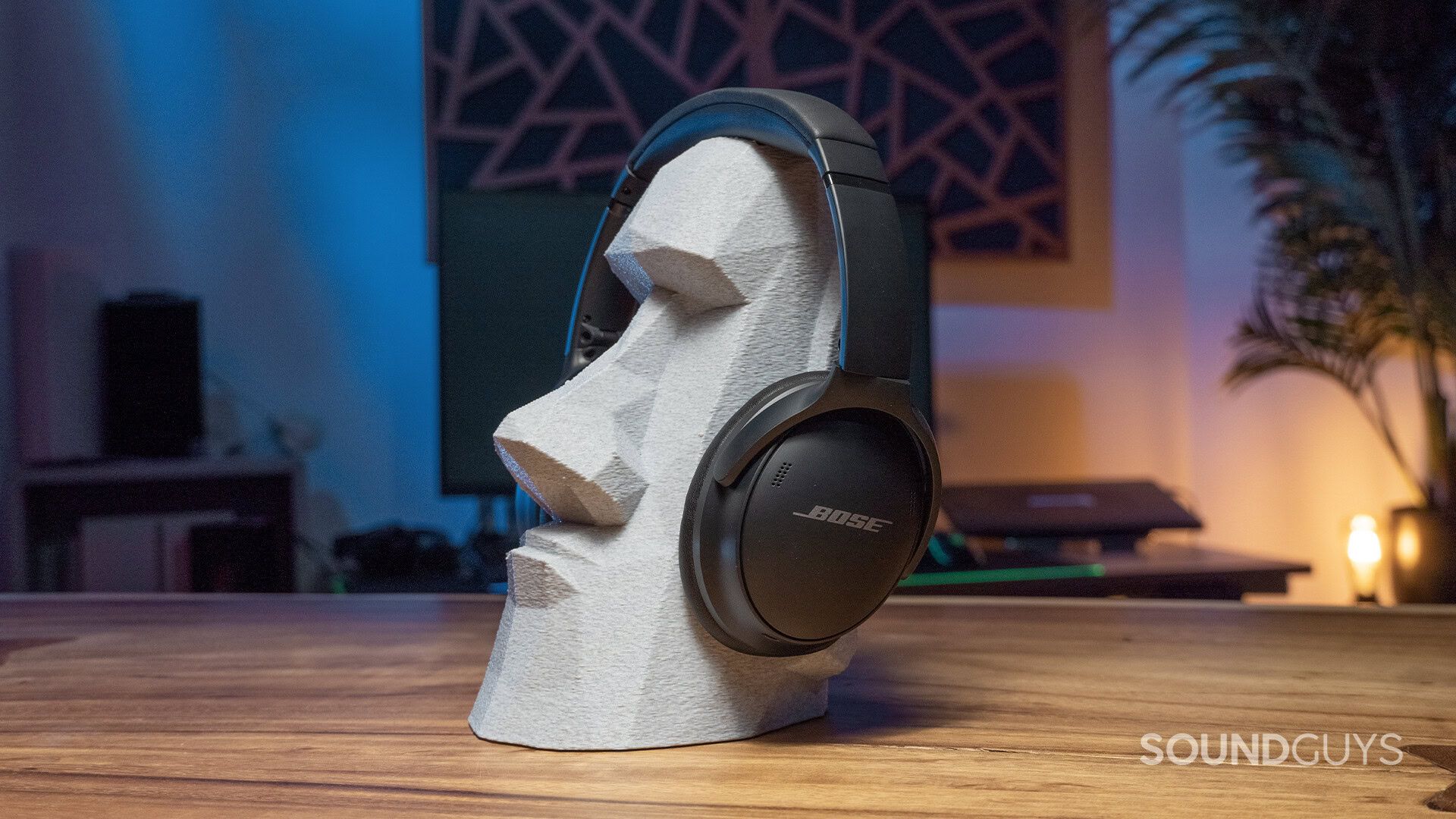What is noise-canceling and how does it work?
The effect of putting on a pair of noise-canceling headphones is quite remarkable. Having distracting background noises fade away so you can enjoy your tunes is something everyone from commuters and casual listeners to airplane passengers can experience. But what exactly is noise-canceling, and how does it work?
We’ll break down some of these concepts to understand how a pair of headphones can block out the world. Plus, you’ll better understand what to look for when buying a pair.
What is noise-canceling?
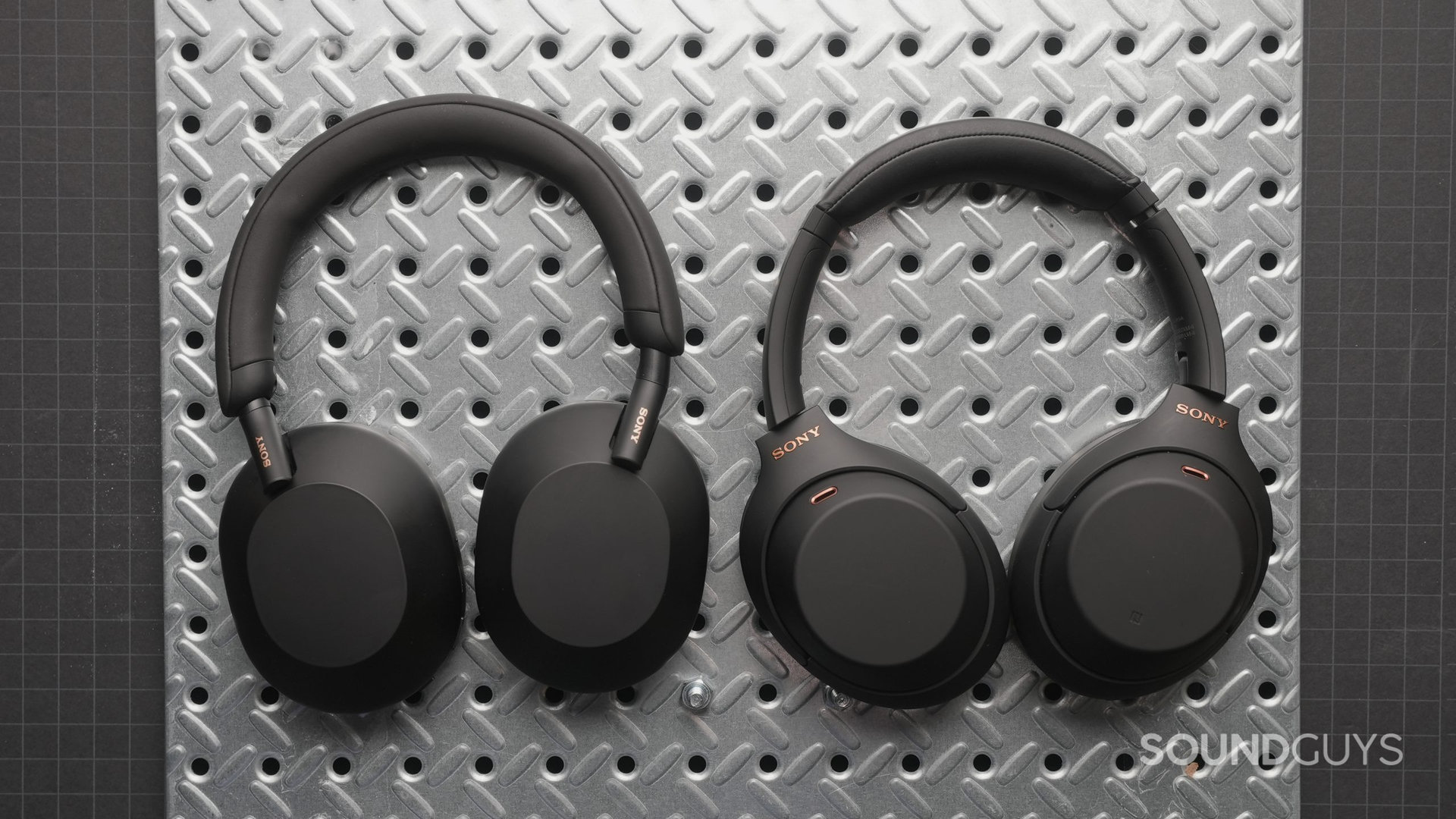
Chris Thomas / Android Authority
To understand what noise-canceling is, we have to understand noise. Noise can be defined as any unwanted sounds present when you listen to content. That could be anything from cars rushing by to construction equipment and other people’s voices.
All sound, whether wanted or not, is basically like waves or ripples moving through the air.
Our ears pick up these changes in air pressure, and your brain interprets this as sound. The larger the changes, the higher the amplitude, meaning the louder the volume. The faster the changes, the higher the pitch.
Now that we know what sound is, we can eliminate noise we don’t want and keep the bits we want. It’s actually pretty simple to explain how we can do this. In essence, some sound waves can cancel out other sound waves; therefore, their combined volume drops to zero.
The reality of how that’s accomplished is more complex, though. Still, every pair of noise-canceling headphones and earbuds must do this.
How does noise-canceling work?
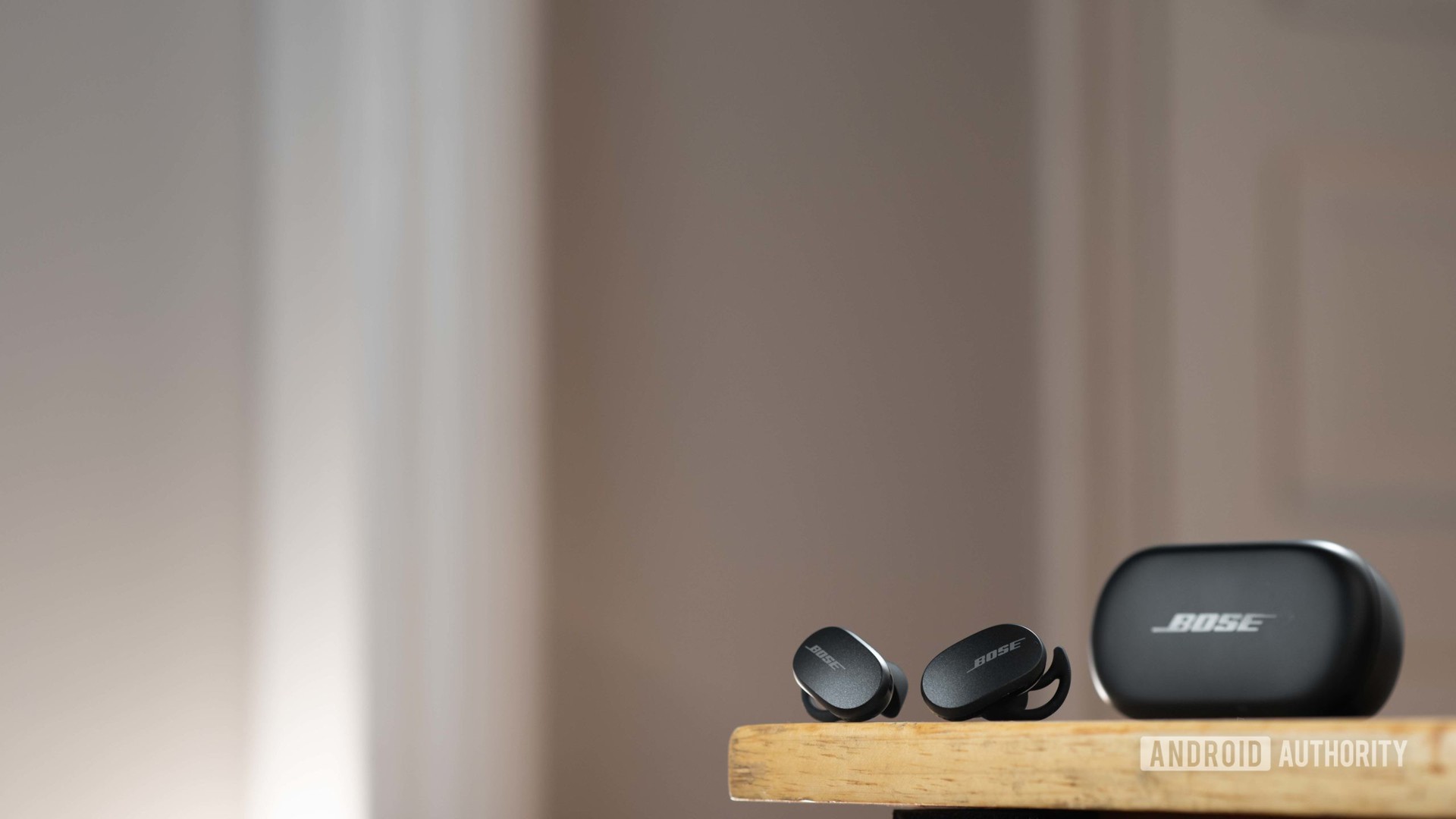
Lily Katz / Android Authority
Understanding how to make sound waves cancel each other out requires some explaining of the mathematics of sound waves. Don’t worry, we’ll try to keep it simple.
All noise-canceling headphones use something called “phase inversion” to create “anti-noise.” Let’s say we have two sound waves that have exactly identical characteristics: they have the same pitch and the same volume. These two sound waves are “in-phase” and will reinforce each other, meaning the end result to your ears is even louder.
In essence, noise-cancelling uses two soundwaves that can cancel each other out.
Now let’s consider what happens if one of these soundwaves is off by exactly half a wavelength of the other. In this scenario, the peaks of one soundwave will line up with the valleys of the other. They are then called “out of phase.” These two soundwaves actually subtract each other out, and our ears won’t hear either. The noise doesn’t disappear, but your ears can’t pick up on it using this method.
If we do this for every single soundwave we don’t want, we can achieve perfect noise-canceling. You might already realize that’s probably impossible, but we can do this for many undesirable sounds.
How headphones make noise-canceling happen
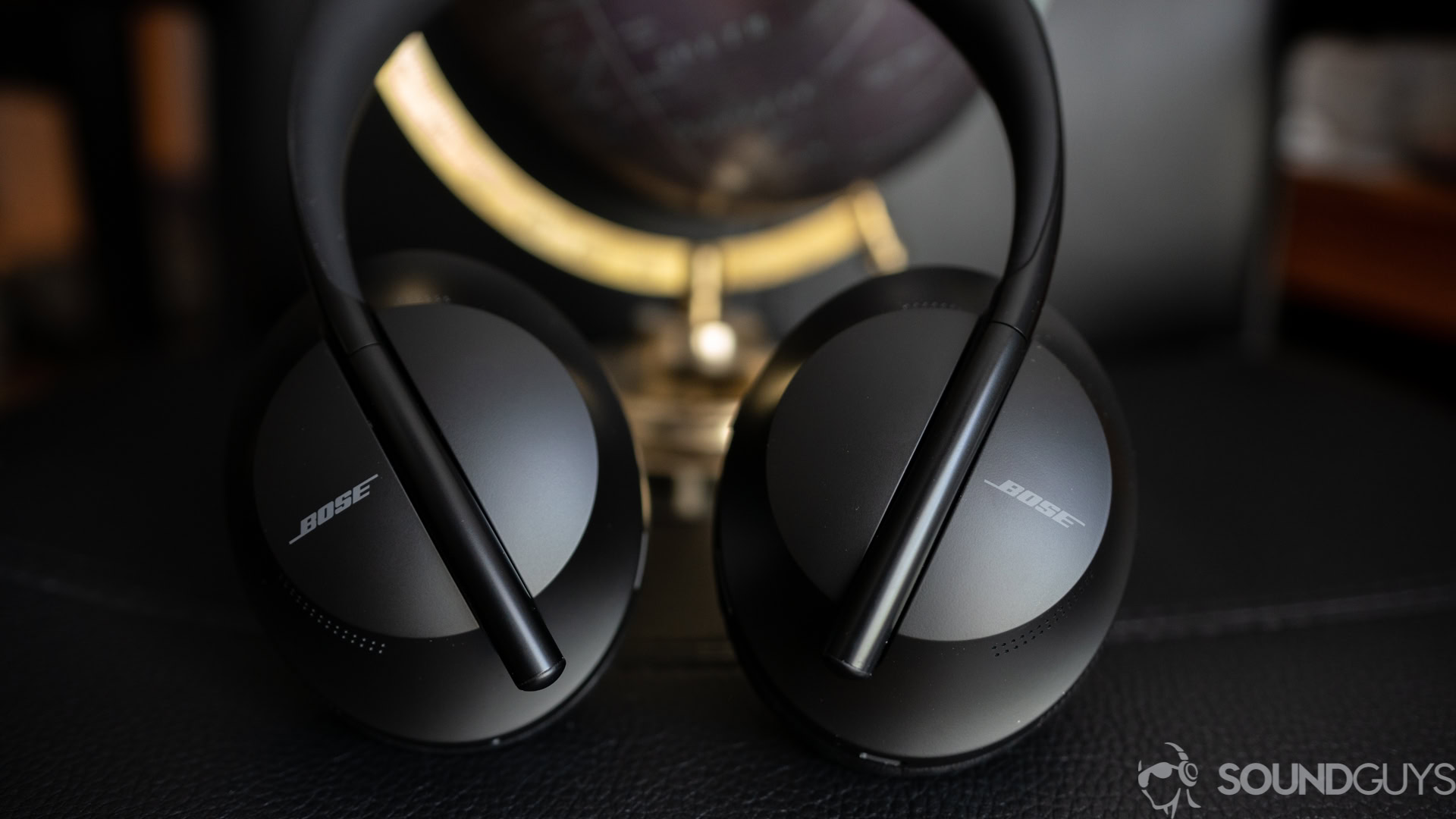
Zak Khan / Android Authority
A pair of headphones must then, in essence, create soundwaves that cancel out unwanted soundwaves arriving at your ears from the environment. That’s why every pair of noise-canceling headphones and earbuds has microphones. These microphones listen to all the sounds bombarding you and then use electronics to produce the soundwaves required to cancel them out.
What are the limitations of noise-canceling?

In reality, it’s difficult to determine how to respond to every sound reaching your ears. Therefore, noise-canceling isn’t perfect. But if done properly, it can be quite good. Because your headphones have to respond to sounds in real-time, it is easier for them to cancel out low, continuous noises — like humming engines or droning fans — than unpredictable, variable noise sources such as people talking or other devices playing music.
Noise-cancelling can eat up battery life, too.
The math required to determine what sound waves to produce to cancel out others requires computing power. If you want maximum battery life, it’s best to disable ANC if you can.
There’s also the matter of isolation or “passive” noise-cancellation. This is not actually noise-canceling per se. Rather, isolation is how much your headphones or earbuds can physically block sounds from reaching your ears. This comes from a well-fitting design and a solid seal around your ears. You’d want this because blocking out sounds altogether means we don’t have to worry about canceling them out. As mentioned, low, continuous noise is where active noise-canceling (ANC) shines. Often, isolation is what cuts down on higher frequencies.
Potential downsides to noise-canceling
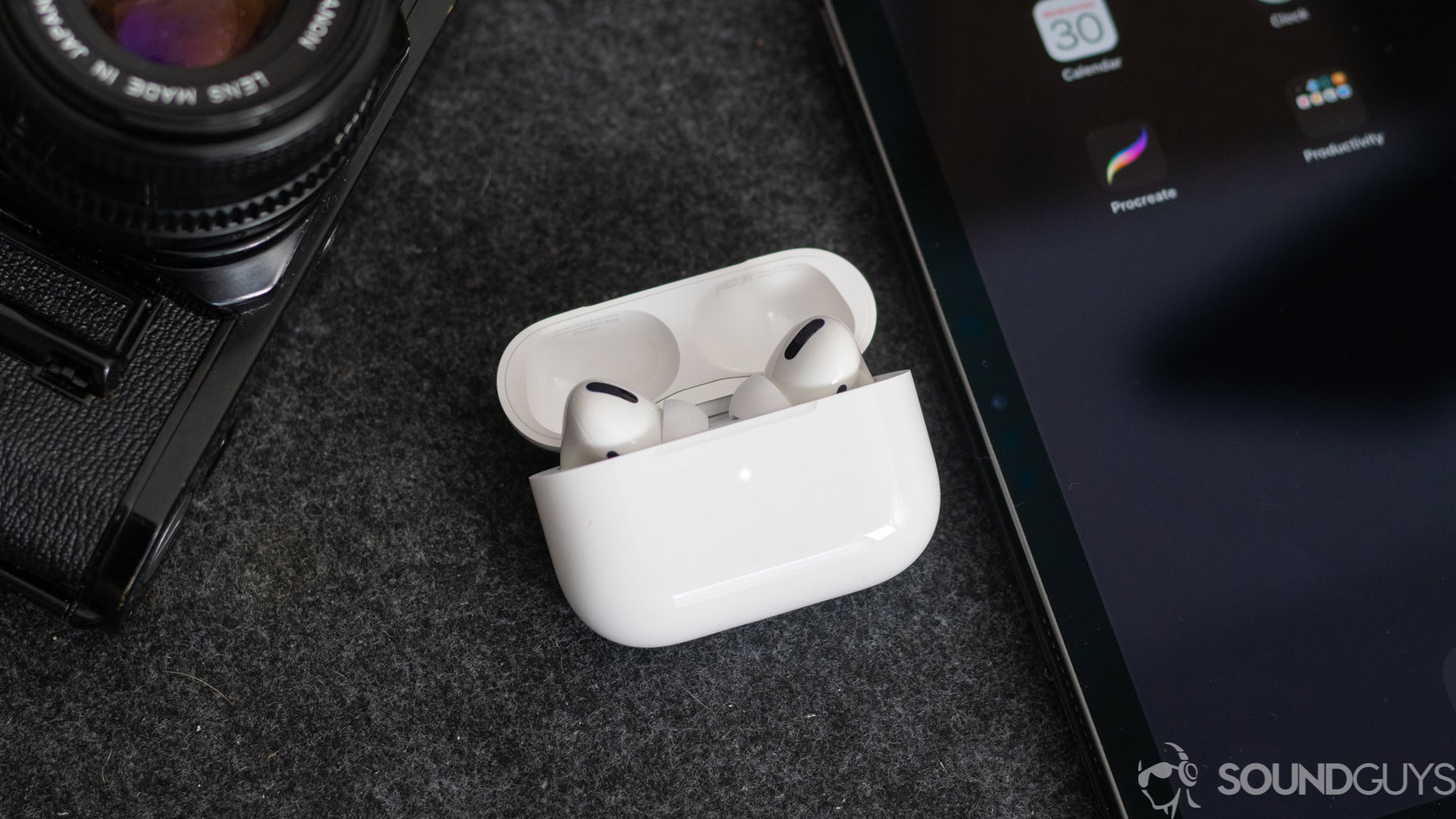
Sam Smart / Android Authority
Noise-canceling can have consequences beyond its benefits. One of the major complaints people report is dizziness. There are also accounts of headaches and nausea. Many times, it isn’t the noise-canceling itself making these unpleasant physical effects happen, but rather the ANC is triggering something else.
There are a few explanations floating around about why this occurs. One is that the low-frequency soundwaves generated by noise-canceling can stimulate the little hairs in our ears (called stereocilia). This then causes them to tell our brain that the head is moving, except our eyes remain fixed. This sort of mismatch can trick the brain into thinking motion is occurring and trigger dizziness.
If you experience this, you can try reducing the intensity of your headphones’ noise-canceling. You could also opt to buy a pair that doesn’t do ANC all the great in the first place. If these don’t help, you might have to give up on noise-cancellation totally, unfortunately.
Other listeners might report a ‘suction’ feeling when using noise-cancellation.
This is because your brain thinks there’s an air pressure mismatch compared to outside your ears. Because ANC handles low-frequency noise quite well, you’ll hear less of this type of noise. Normally, that also coincides with higher air density inside your ears. While that’s not happening in reality, it still feels that way to our brains, so some people experience a “suction” or “pressurized” sensation. Some earbuds models, for instance, have vents to help counteract this.
The good news is noise-cancelling is safe. In fact, foregoing ANC might lead you to crank up the volume to counteract noise. That’s a bad idea because it’s quite easy to damage your hearing with even short exposure to loud sounds, especially via headphones. If you do experience unpleasant side effects because of noise-canceling, removing the offending pair of headphones will rectify the situation after a short while.
What to look for in a good pair of noise-canceling headphones
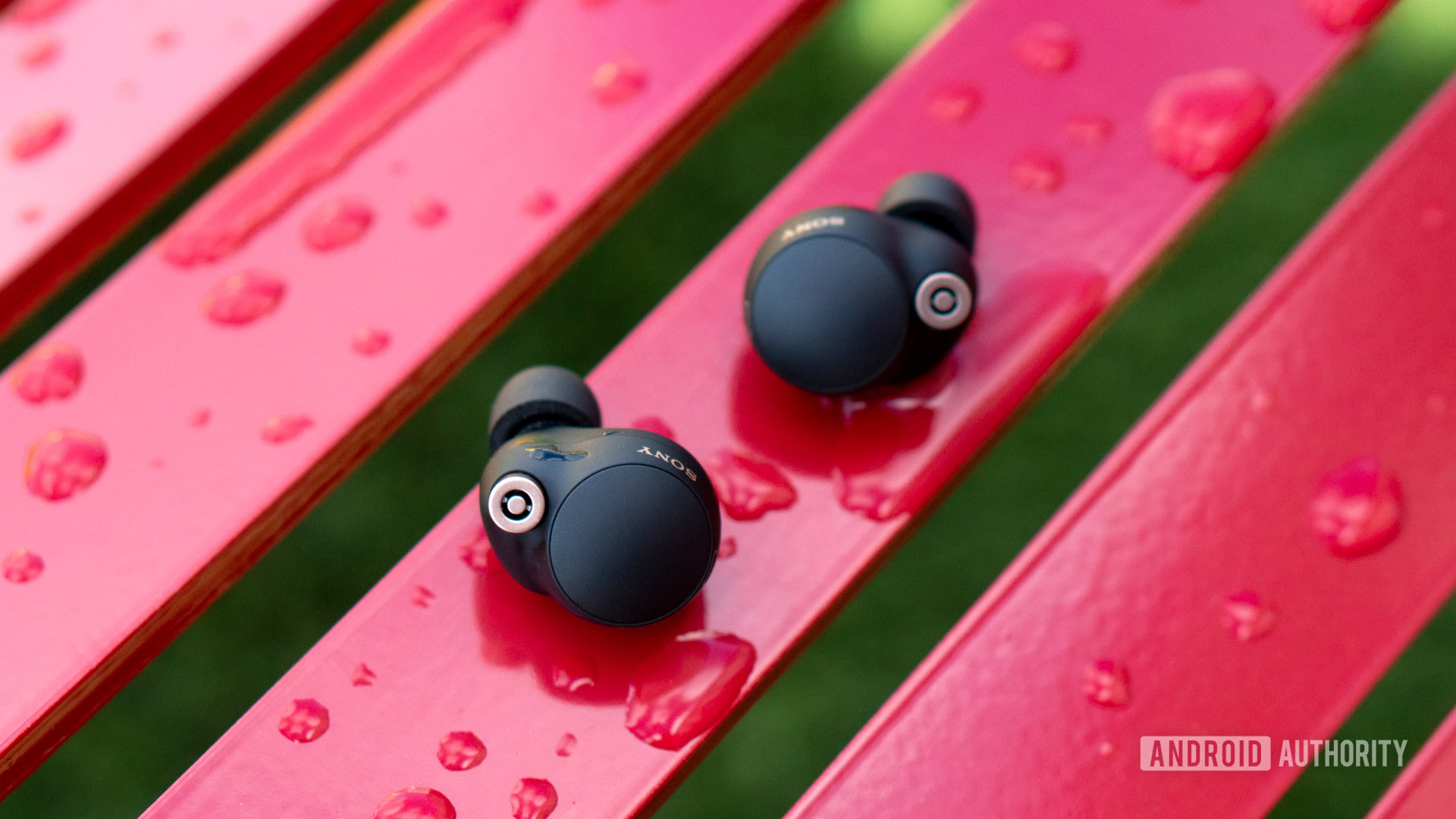
First, know that no ANC implementation will be perfect. It’s always better to eliminate outside noises than to try to cancel them out later. Of course, that’s not always possible.
With that in mind, one of the features you want to look out for includes the ability to change how much noise-canceling a set of headphones or earbuds attempt to do. There are a few reasons for this. For one, as mentioned, some people are sensitive to ANC, and the ability to tone it down can help. Two, different scenarios may require you to be aware of external noise. For instance, having some situational awareness is good if you’re at the gym. Finally, if you must engage with people, a transparency or conversation mode can be helpful instead of constantly taking off and putting on your headset all the time.
Noise-canceling headphones should work with your needs and feel comfortable.
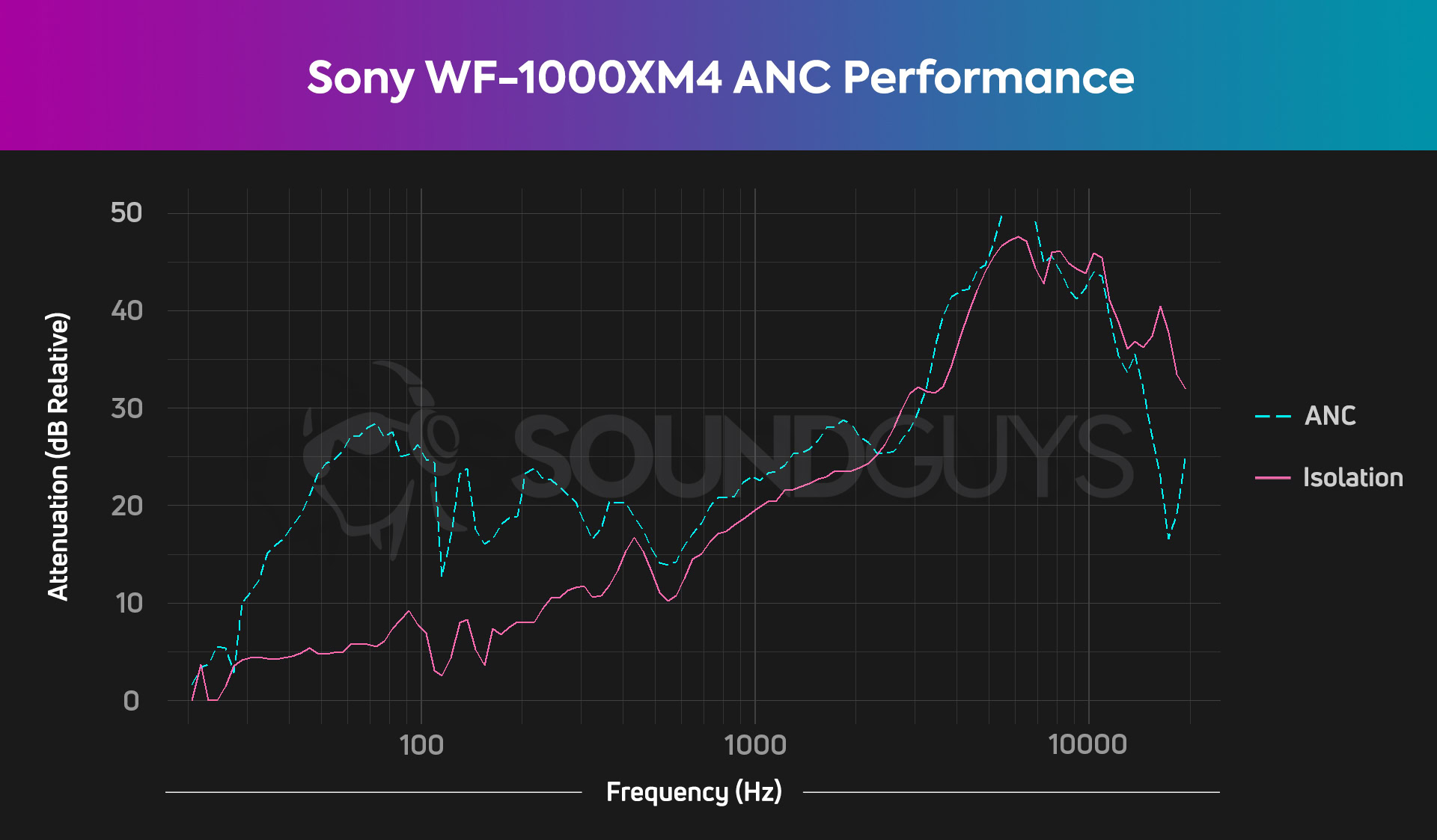
When reading reviews of noise-canceling headphones, be sure to see if they actually tested how the headset responded to noises of various frequencies. For example, when we feature reviews from our sister site SoundGuys, we include charts illustrating this. Ideally, you want a pair that responds well to a broad range of frequencies.
Additionally, remember that isolation is also important. If you can block out sounds in the first place, your headphones’ ANC won’t have to deal with them. Look for earbuds with multiple ear tip sizes, and try on headphones in-person if possible before buying. You want them to fit snugly, yet comfortably.
For all the latest Technology News Click Here
For the latest news and updates, follow us on Google News.

